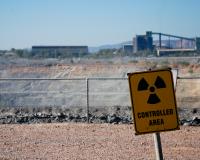
Vibrant Environment
Environmental Justice
All | Biodiversity | Climate Change and Sustainability | Environmental Justice | Governance and Rule of Law | Land Use and Natural Resources | Oceans and Coasts | Pollution Control

Indigenous communities in the Southwestern United States have been battling the impacts of uranium mining since the early 1940s. The geology of the Colorado Plateau was found to be rich in the radioactive mineral and drew mining to the area. The U.S. Department of Energy (DOE) sought uranium to develop nuclear weapons during the Cold War, which fueled the interest of mining companies that opened uranium mines and mills on and around indigenous land.
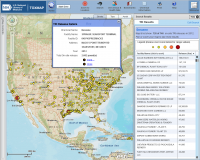
To address environmental inequity, we first need to understand where inequity exists geographically. Maps help model our reality and are a useful tool for locating and addressing environmental inequity. The power of maps in environmental justice was first revealed in 1987 in Toxic Wastes and Race in the United States, published by the Commission on Racial Justice.
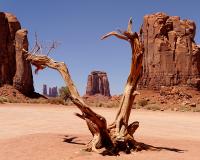
Pandemics are global in nature, but their impacts are anything but uniform. COVID-19 is exposing substantial inequities, including disproportionate health and economic consequences for minorities. From medical care to broadband, different demographics have vastly different access to critical resources in a widespread crisis. Indian country is especially hard hit by coronavirus. It is the locus where matters of public health, Indigenous sovereignty, and environmental justice collide. Access to clean, safe, and affordable water offers a particularly stark example. Without water, even following the common sense admonition to frequently wash one’s hands becomes an insurmountable challenge.

If you have walked across downtown Manhattan recently, you may have been blinded by the new colorful green pavement marking protected bike lanes. NYC is one of many cities flaunting their new bike safety initiatives in political speeches, tourist brochures, and subway ads. Given the multiple economic, health, and environmental benefits of replacing car trips with bike trips, their pride is well-deserved. But in order for such initiatives to serve all New Yorkers, they must go a step further.

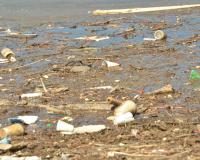
The COVID-19 pandemic is bringing to light many intersectional divides in the United States that mainstream society can no longer ignore. Lovinia Reynold’s blog last week looked at how environmental racism is linked to higher COVID-19 mortality rates among Black communities.
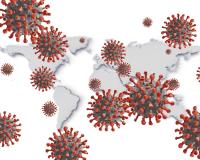
Black people are bearing the brunt of COVID-19’s impact. Cities such as the District of Columbia, Milwaukee, and St. Louis and states such as Illinois, Louisiana, Michigan, and Mississippi have released data demonstrating that Black people make up a disproportionate number of COVID-19-related deaths. These deaths are due in no small part to centuries of structural inequality that limit access to what public health experts call the social determinants of health.

With the 50th Anniversary of Earth Day still on our minds, air quality is thriving throughout the United States’ most populous areas. It is a goal long fought for by leaders in environmental law and policy, but it has only been achieved with the cost of the devastating COVID-19 pandemic.

In “Animal Agriculture Liability for Climatic Nuisance: A Path Forward for Climate Change Litigation?,” Prof. Daniel E. Walters lays out a new path for climate litigation: environmental litigators should bring federal public nuisance suits to remedy environmental harms caused by animal agriculture.
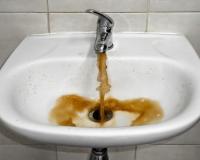
Drinking water contamination in Flint, Michigan, has garnered nationwide attention, but it is neither isolated, nor a primarily urban problem. As Madeline Kane explains in the April issue of ELR—The Environmental Law Reporter, a hidden water crisis is straining thousands of smaller communities that share Flint’s risk factors—shrinking populations, social marginalization, and deficient funds.